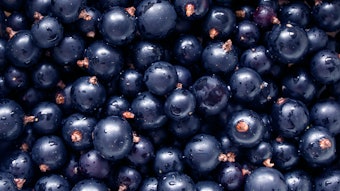
Microbiome modulators such as diet, probiotics and post-biotics can offer opportunities for product innovation to improve gut health.
sdecoret by Adobe Stock
The Kerry Health and Nutrition Institute (KHNI) announced the launch of its ten key trends for 2025. The trends were developed with feedback and insights from a network of over 100 scientific experts, including nutritionists, food scientists, and regulatory specialists.
Key Health and Nutrition Trends
- Accessible Nutrition: Ensuring nutritious food is affordable and available to everyone.
- Weight Management and Satiety: Increasing demand for satiety-boosting foods and the rise of GLP-1 receptor agonist medications are driving innovation for weight management.
- Healthy Aging and Longevity: Enhancing longevity and quality of life for aging adults through formulations that prioritize taste.
- Targeted Nutrition: Personalized dietary solutions addressing unique health needs.
- Processing Paradox: Processed foods can enable safe and convenient foods, but nutritional quality must be prioritized to address public health challenges.
- Microbiome: Microbiome modulators such as diet, probiotics and post-biotics can offer opportunities for product innovation.
- Women’s Health: Addressing the distinct nutritional needs across women’s life stages, with a focus on hormonal balance and mental well-being.
- Sodium Reduction: Increasing global regulatory pressure to reduce salt has spurred innovation in taste modulation and customized solutions.
- Policy Shifts: Stricter regulations like front-of-pack labeling and taxes on unhealthy foods are driving the food industry towards healthier and more sustainable practices.
- Biotechnology for the Future of Food: Advancements in microbiology, bioprocessing and artificial intelligence are transforming how we produce food.
“This report shows us that areas like healthy aging, reducing sodium and understanding the microbiome are all areas where science is evolving,” said Dr. Aoife Marie Murphy, sustainable nutrition senior manager at the KHNI. “These trends can inform new product innovation, delivering the health benefits that consumers are looking for, while also considering taste, affordability, and sustainability.”










